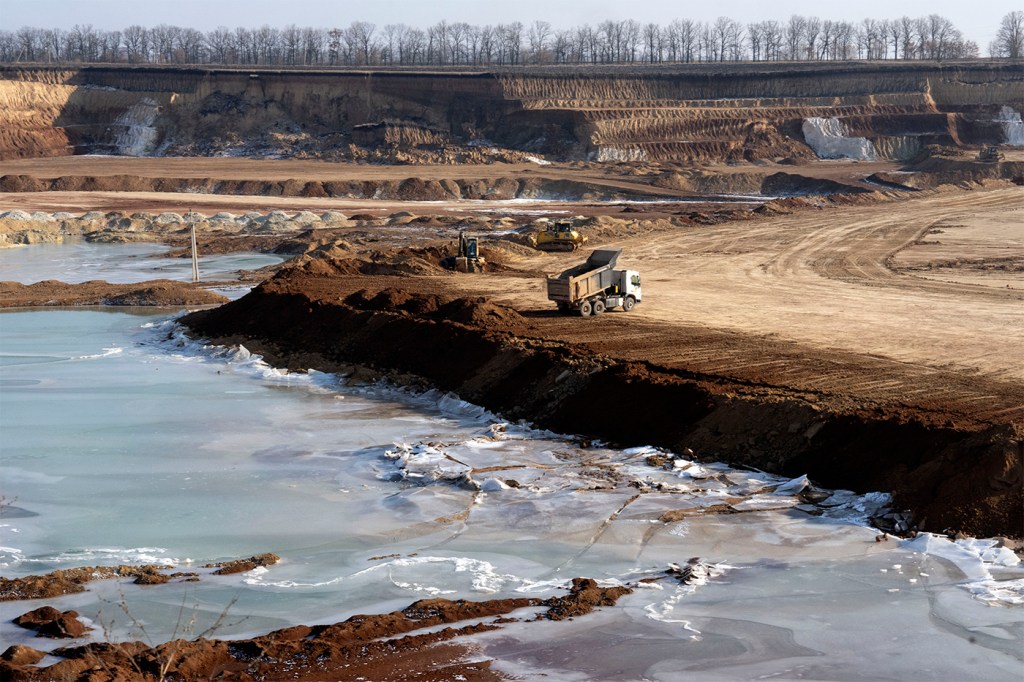To battle natural hazards, interdisciplinary research team turns to resilient, sustainable buildings

An interdisciplinary team of Northeastern researchers has received a three-year, $1.1 million grant from the National Science Foundation to develop a decision framework for designing buildings that are both resilient and sustainable in the face of multiple hazards—specifically, earthquakes, flooding, and high winds.
The research team comprises four Northeastern professors in the Department of Civil and Environmental Engineering: Associate professor and principal investigator Mehrdad Sasani; professor Matthias Ruth; and assistant professors David Fannon and Matt Eckelman. Ruth and Fannon also hold joint appointments—Ruth’s primary appointment is the School of Public Policy and Urban Affairs, while Fannon’s primary appointment is in the School of Architecture in the College of Arts, Media and Design.
Tufts University associate professor Laurie Baise and William Coulbourne, director of wind and flood hazard mitigation at the Applied Technology Council, are also co-principal investigators.
The team emphasized the importance of taking an interdisciplinary approach to this project. Together, the researchers will leverage their expertise in areas such as performance based engineering, collapse analysis, sustainable architecture design, building lifecycle assessment, economics, and public policy.
“As a society, we need buildings that perform their function well in response to hazards and last as long as they are designed for, buildings that are both resilient and sustainable,” Sasani said. “The goal of our research is to create a framework that could help designers systemically consider multiple hazards with different severities and stakeholders to make informed decisions throughout the design process.”
The team noted that current research and design approaches typically involve designing buildings to withstand each hazard independent of the others, but not a consistent design to withstand multiple hazards. Furthermore, the researchers said these approaches do not systematically integrate resilience and sustainability over the lifespan of a building’s various systems.
This project, the researchers said, extends beyond performance-based engineering and current building codes and standards to account for the resilience and sustainability of buildings. Their framework would support informed decisions based on measuring the environmental impact of buildings throughout their life, quantifying buildings’ functional performance in the face of environmental hazards, and ensuring consistent resilience across multiple hazards.
“Designing more efficient, adaptable, and resilient buildings can have a big impact on reducing the nation’s environmental impact,” Fannon said.
One of the goals is for their framework to provide uniform resilience across different hazards—that is, buildings designed for sites prone to one hazard or another will face roughly the same recovery time and roughly equal loss of functionality over their lifespan.
Their research will examine how well buildings in three representative cities—Boston, Miami, and San Francisco—are designed to withstand these types of environmental hazards; each city, they noted, faces at least two of these hazards.
The team envisions their final design framework being used to inform building codes, risk valuation, and design practices, and could help designers, owners, regulators, and insurers to evaluate the continuing performance of buildings in the face of adverse events.
“This multi-hazard approach gets away from the mentality of design based on the impact of the last disaster and instead shapes the decision-making in a way that supports a much more sustainable, long-term performance of these buildings that syncs with the needs of their occupants over time,” Ruth said.





